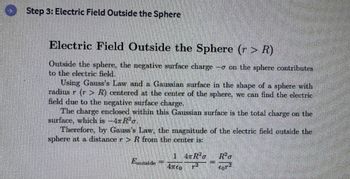A hollow sphere of radui R has a uniform nagative surface charge density -\sigma on its surface and a positive point charge +Q at its center. The charge Q is greater than the absolute magnitude of the total charge on the surface. The direction of the E-field is radially outward both inside and outside the sphere. What is the magnitude of the E-field inside the sphere at a distance r
A hollow sphere of radui R has a uniform nagative surface charge density -\sigma on its surface and a positive point charge +Q at its center. The charge Q is greater than the absolute magnitude of the total charge on the surface. The direction of the E-field is radially outward both inside and outside the sphere.
What is the magnitude of the E-field inside the sphere at a distance r<R from the center?
What is the magnitude of the E-field outside the sphere at a distance r<R from the center?

Step by step
Solved in 4 steps with 3 images

Step 3: Electric Field Outside the Sphere answer is incorrect. Can we try again?
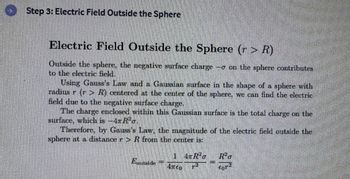
Step 3: Electric Field Outside the Sphere answer is incorrect. Can we try again?
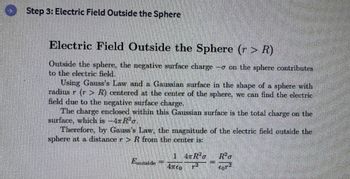
Step 3: Electric Field Outside the Sphere answer is incorrect. Can we try again?
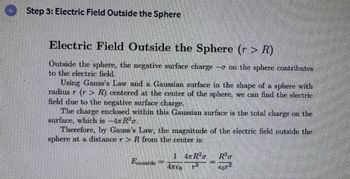
Step 3: Electric Field Outside the Sphere answer is incorrect. Can we try again?
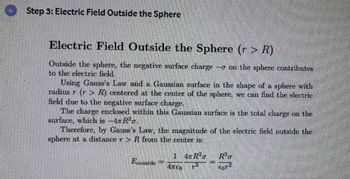
Step 3: Electric Field Outside the Sphere answer is incorrect. Can we try again?
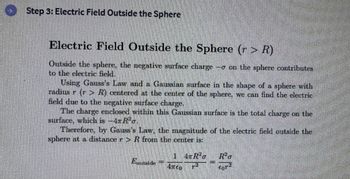
Step 3: Electric Field Outside the Sphere answer is incorrect. Can we try again?
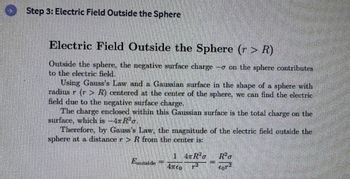
Step 3: Electric Field Outside the Sphere answer is incorrect. Can we try again?
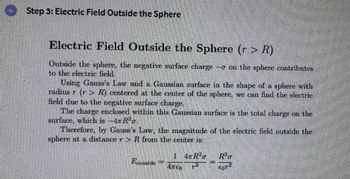
Step 3: Electric Field Outside the Sphere answer is incorrect. Can we try again?
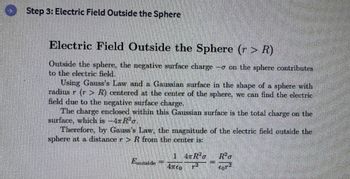
Step 3: Electric Field Outside the Sphere answer is incorrect. Can we try again?

Step 3: Electric Field Outside the Sphere answer is incorrect. Can we try again?
